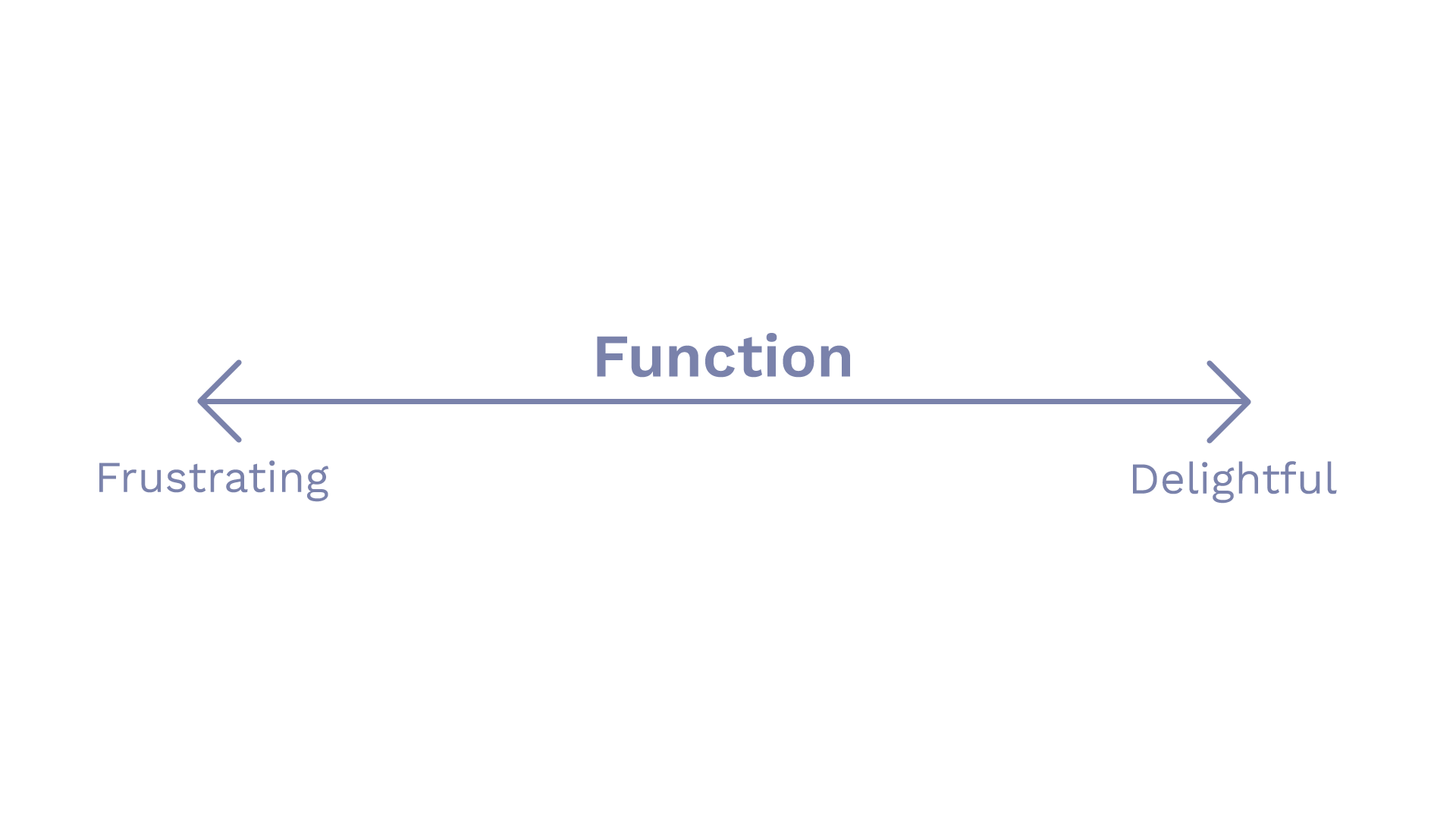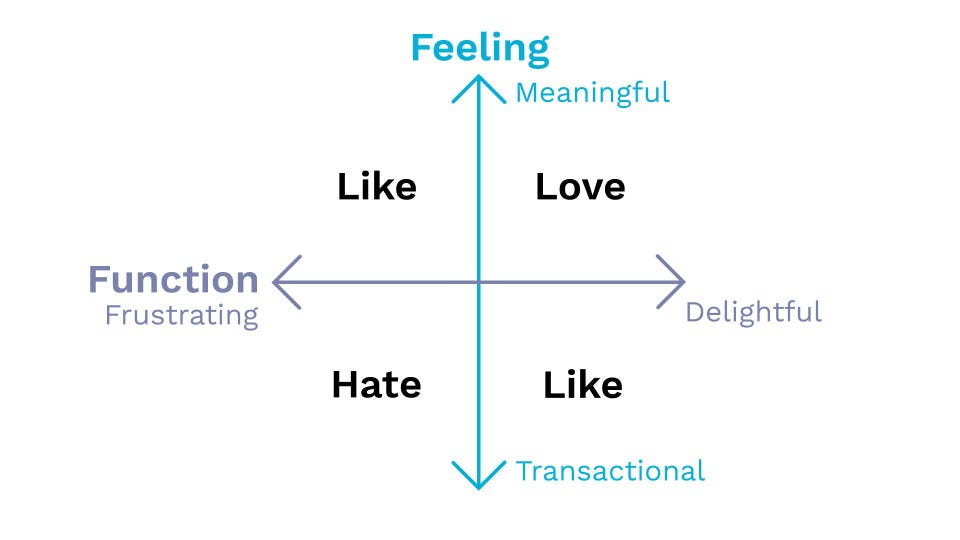This post is part of a series on Product Market Love - a new framework for building lasting companies. It is a collaboration between Salah Zalatimo, Chief Digital Officer of Forbes Media, and guest contributor Parul Gujral, CEO of Snowball.Money.
In a crowded space, why do certain products become wildly successful and others whither? Why do similar products take off while others flail? As Marc Andreessen explains, it is because of "product/market fit" or PMF. Silicon Valley wisdom dictates that once you build a product that solves a problem, you must iterate until you find “fit" - using comforting, tangible metrics to guide your way. It can feel like a structured game of throwing darts in the dark.
Even if you are fortunate enough to find fit. Is that enough? Most of the companies that thrive for decades and are seemingly invincible have achieved something greater than product/market fit.
Imagine telling a single person to go out and try to find partner-spouse fit. After an unsuccessful night out, imagine suggesting A/B testing their choice of shoes. Sure, you may eventually find fit. But, what makes a relationship truly thrive is more than a good fit. It is love. It’s about time we start thinking about product user relationships similarly. Let’s not find fit. Let’s nurture love.
I have spent my entire career in strategy and product development for digital media companies of all sizes. But I learned this lesson in an unlikely place. After I sold my company, Camerama, to Forbes in 2015, I filled that entrepreneurial void by fulfilling a life long dream of buying a restaurant. Mazeish, in New York's Lower East Side, had a primo location and served inventive Middle Eastern food.
Feeling confident with my lean product sensibilities and long family history in the food business, I set off on menu planning and operational efficiencies. We came out of the gate very strong. We were smart with our ingredient selection, minimized prep time and kept suppliers to a few. Our first patrons fell in love with us. We had twists on family recipes like Bedouin Chicken, Halloumi Fries and Tabbouleh Chimichurri. By all accounts, our food was a hit. But, as the first year came to a close, sales stagnated. The single biggest concern was our low repeat customer rate. As a rule of thumb, a New York City restaurant should generate 2/3 of its revenue from repeat customers. We were at about 1/3. We tried every tactic we could imagine – yelp ads, email campaigns, loyalty cards, guys handing out flyers by the subway. Nothing worked. A mentor suggested I pick up Danny Meyer’s Setting The Table. It changed everything.
I had the pleasure of meeting Danny a few months ago at the Forbes Philanthropy Summit. I told him I have a quote of his printed out in large font on my wall at work. He stopped me before I could share it and said, “Business, like life, is all about how you make people feel. It’s that simple, and it’s that hard.”
That is when I realized that having a well functioning restaurant is not enough. That is actually just table stakes. Having a restaurant that delivers great food and makes people feel great is the key to building a business that customers truly love.
Taking these two dimensions - function and feeling - from the restaurant world into the digital world, we can begin to chart a path towards building a loving relationship with our users.

The first dimension is Function. On the far left, a product can be frustrating to use. One might also call this state ‘broken’. On the far right, a product can function so well that it goes beyond expectations. It becomes delightful to use. A great example of a company that provides delightful functionality is Amazon. We all love to buy goods from the comfort of our homes. But one-click buying, with the guaranteed lowest price and free next-day shipping is way beyond anyone’s expectations. That is delightful to say the least.

Feeling, the second dimension, spans from transactional to meaningful. A great example of a company that feels meaningful is Tom’s. The shoe company that kicked off the trend of buy one give one has a purpose to which early customers were drawn. Simply by purchasing a pair of shoes, which you were going to do anyway, you also get the halo of social good because someone less fortunate was getting a pair of shoes as well.

Together, these two dimensions form the Feeling / Function Matrix which charts the connection your users have with your product, and helps provide a path to achieving the ultimate connection - Product Market Love. Can you think of some companies who have successfully reached the Love quadrant? Some should jump to mind right away - Apple, Tesla, Nike. All three of these companies have products that function well beyond expectations, making them delightful. They also have humanized their products to transcend their pure function and take on deeper meanings. Nike customers love the high performance gear and active lifestyle it signifies. Apple customers love the flawless user experience and obsession with beautiful design. Tesla customers love saving the planet while driving the highest-rated car in history. These companies have users that profoundly love them. These users will stick by their brand through thick and thin. These loyal users should be the aspiration of every brand.




